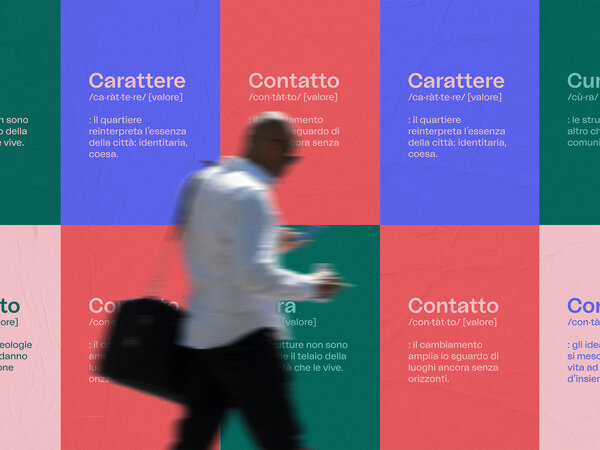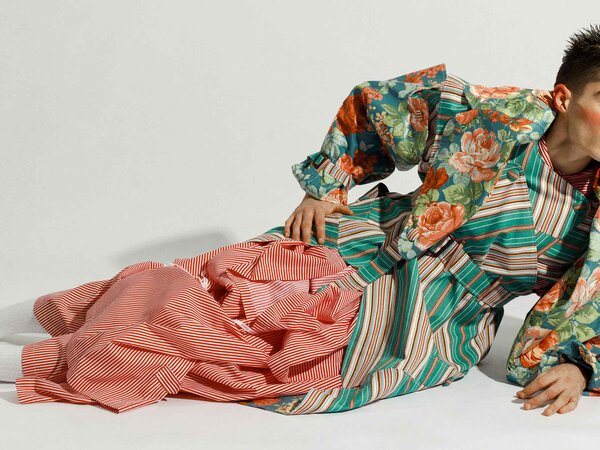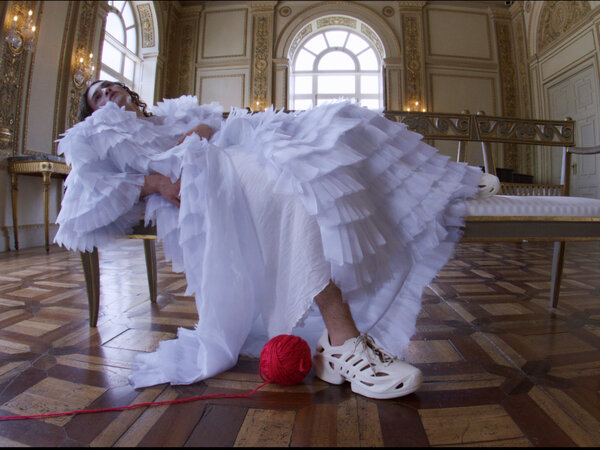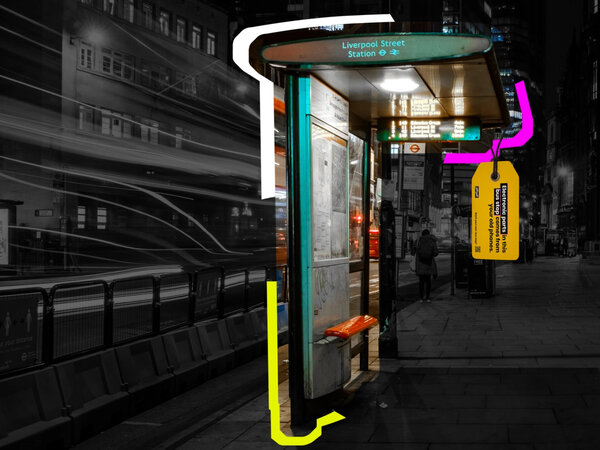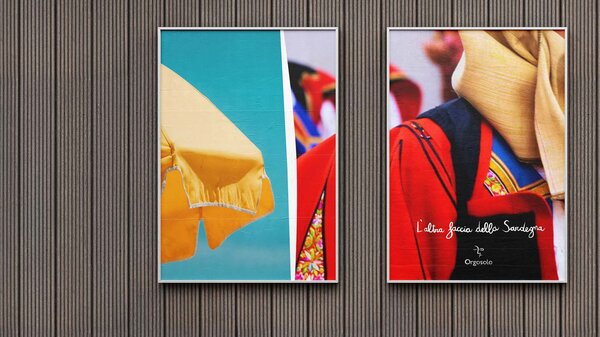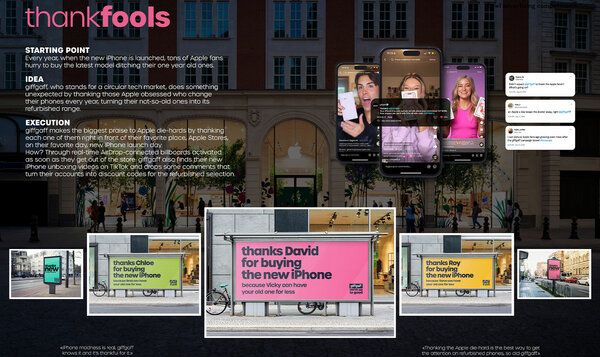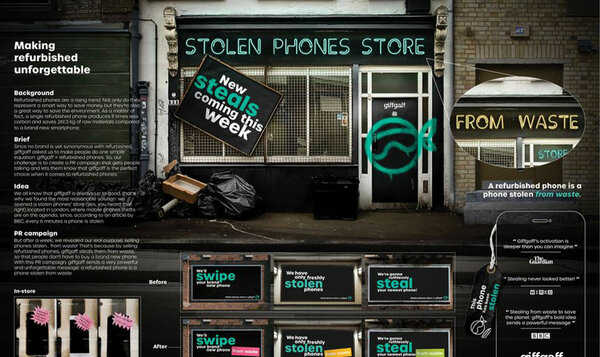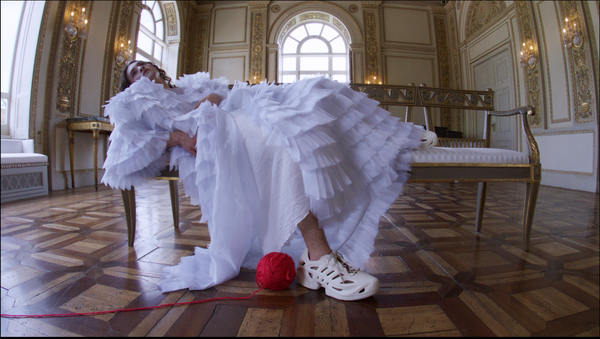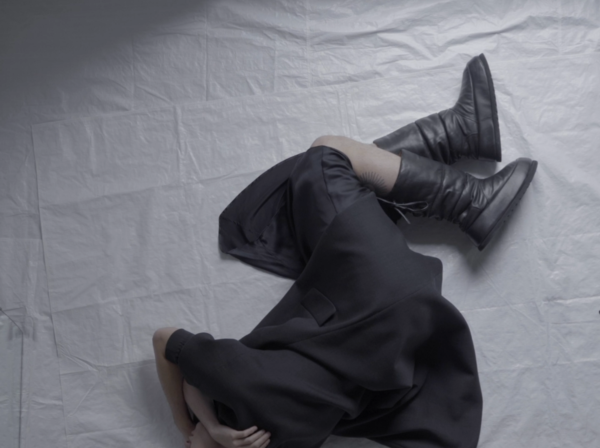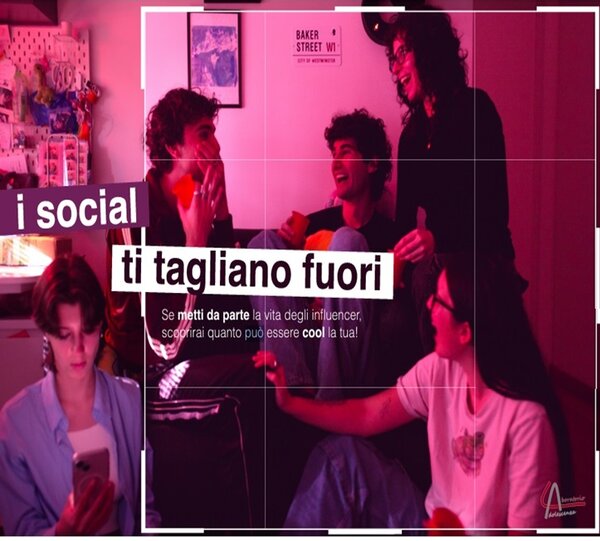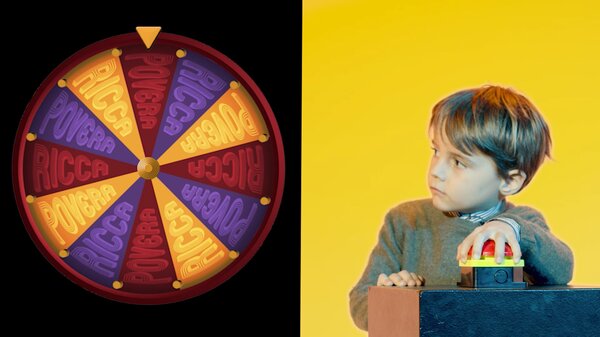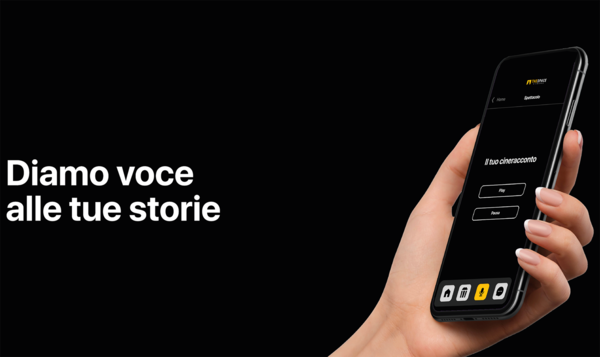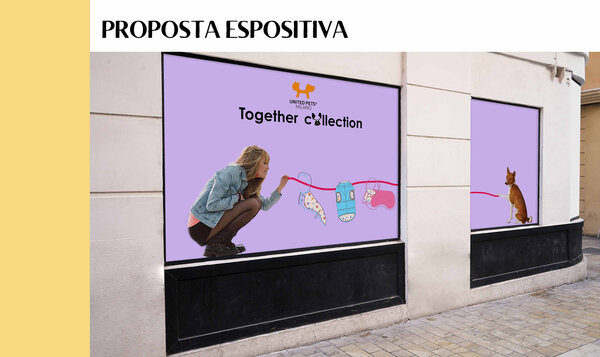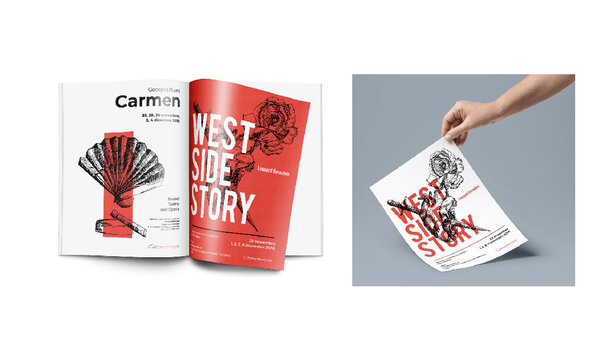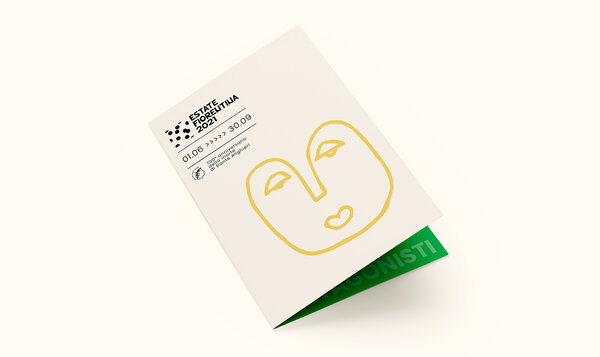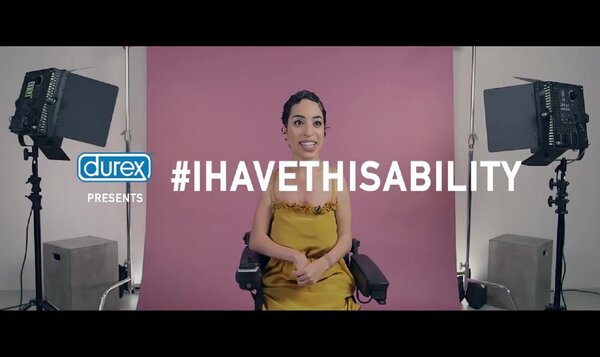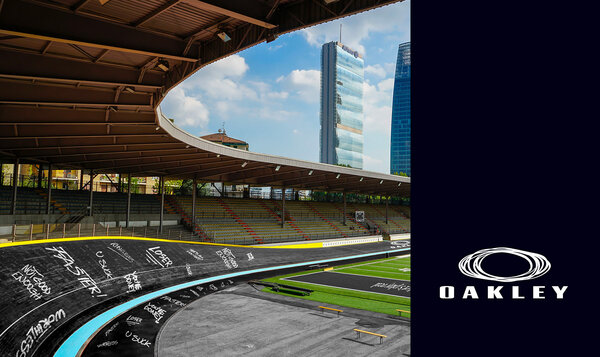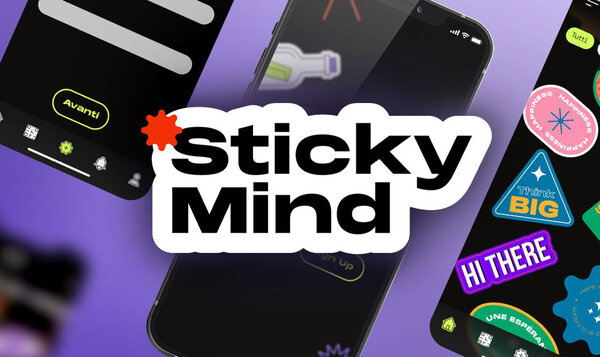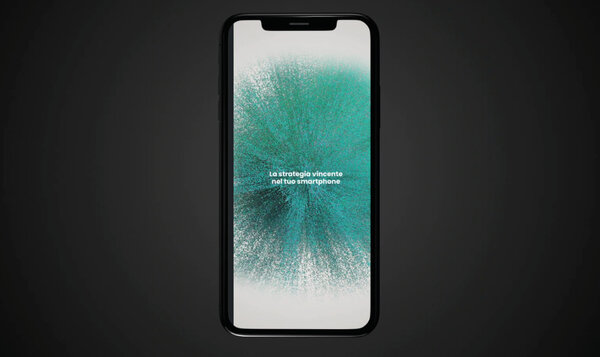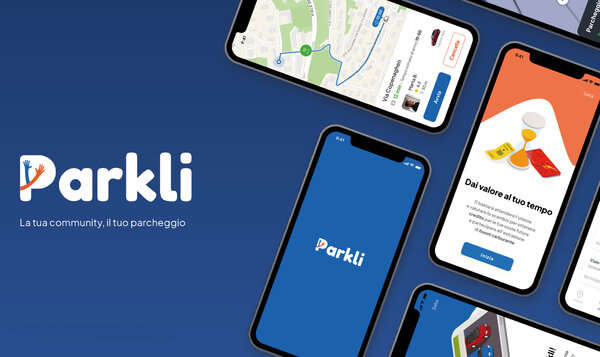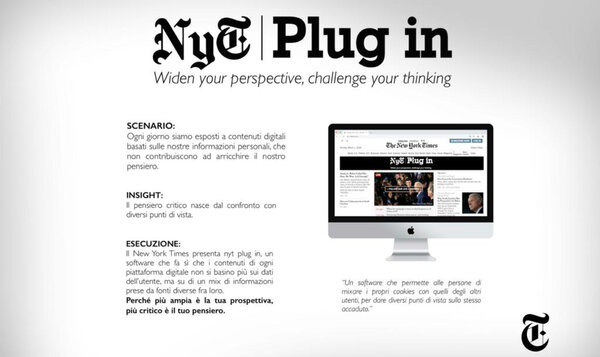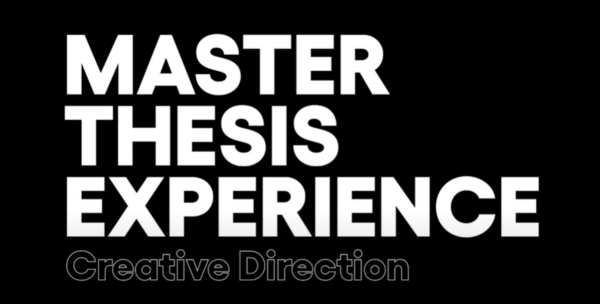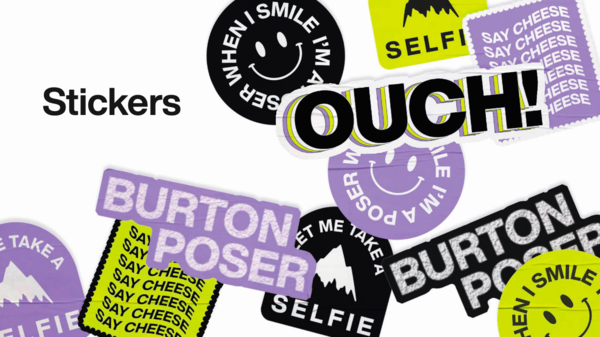
Creative Directors: who they are, what they do, and how to become one
Who they are and what they do
The Creative Director is an essential professional figure in the field of visual communication who operates in various fields such as advertising campaigns, film and design and plays a leadership role in defining the artistic and communicative direction of a project.
The Creative Director is an essential professional figure in visual communication. They operate in various sectors, such as advertising campaigns, cinema, and design, and they play a leadership role in defining the artistic and communicative direction of a project.
In addition to coordinating a team of professionals, including Designers, Copywriters and Visual Artists they are responsible for setting the creative guidelines for projects ranging from advertising campaigns to cinema and high-impact branding initiatives.
Their role spans many different areas: the Creative Director can also work in fashion, where they define collections and fashion shows; in music videos, where they create visual concepts that accompany the music; in video games, where they develop the aesthetics and visual experience of the game. They also operate in many other creative areas, adapting their artistic vision to the specific characteristics of each sector.
Their ability to translate a strategic vision into effective narratives helps define and maintain a strong visual brand identity, ensuring that every creative expression is consistent with the company's philosophy and in resonates with the target audience.
Role and responsibility
The responsibility of a Creative Director is not limited to the supervision and day-to-day management of projects but also includes the construction of long-term strategic planning. This allows the objectives of future advertising campaigns and corporate initiatives to be defined in advance, combining market trends with the requirements of the brand.
It is crucial for the creative director to stay constantly updated on new trends and emerging technologies to ensure the message remains coherent and impactful across all communication channels. This enables them to act as innovative leaders, capable of guiding the team towards creative solutions that capitalise on new opportunities and trends.
Decisions made by this professional have a direct impact on the perception of the brand by the general public. Facing the challenges of a rapidly changing market, the Creative Director acts as a strategic nexus between creative imagination and corporate objectives, fostering a brand presence that is innovative and true to its identity.
Career and salary
A Creative Director’s career represents the culmination of a career path full of experience and skills acquired in creativity and design. To embark on this path, it is also common to start by holding vertical positions such as a Graphic Designer, Copywriter or production assistant: roles that help develop a solid base of technical and creative skills that prepare for the next professional, strategic and coordination step.
The salary of a Creative Director is generally higher than the industry average, in line with the importance and responsibility of his or her role within the company. In fact, experienced professionals in this field tend to command significant salaries, often accompanied by bonuses and incentives linked to company performance that contribute to making this position desirable and prestigious.

IED Open Days
We look forward to meeting you in person at our premises and online, to learn more about our teaching offerings, get to know our services and interact with coordinators, lecturers and students.
Skills and training
A solid background in design, branding, and storytelling is essential for a Creative Director to emerge in a constantly evolving work environment. These skills allow one to develop a coherent creative vision and effectively lead a team to the achievement of innovative projects.
The ideal education includes a bachelor's degree or Master’S Course in design, communication, marketing, or related subjects, supplemented by continuous professional education through workshops, conferences and refresher courses. Practical experience is necessary to hone skills and build a comprehensive portfolio. Working on real projects and collaborating with other professionals also helps to develop a unique vision and demonstrate the capacity to manage complex projects. The combination of a solid education, practical experience and interpersonal skills provides a Creative Director with the ability to lead the creative process with vision, innovation and effectiveness, positively impacting the industry.
How to become a Creative Director
To pursue a career as a Creative Director, in addition to a natural flair for creativity, as noted above, it is essential to have obtained a comprehensive academic education in both theory and practice. This is to gain as much experience as possible in creative roles that will open the door to rapid professional and personal growth.
As noted above, in addition to a natural flair for creativity, obtaining a comprehensive academic education in both theory and practice is essential to pursuing a career as a Creative Director. This will allow you to gain as much experience as possible in creative roles, which will open the door to rapid professional and personal growth.
Continuous updating is vital to remaining competitive and positively influencing the evolution of the brand you work for by encouraging innovation and experimenting with new methodologies. IED offers a wide range of courses that prepare students and professionals across the board, providing them with the necessary skills to succeed in the fields of design, communication and branding.
Click here to discover all the IED training courses that can prepare you to become a successful Creative Director.
